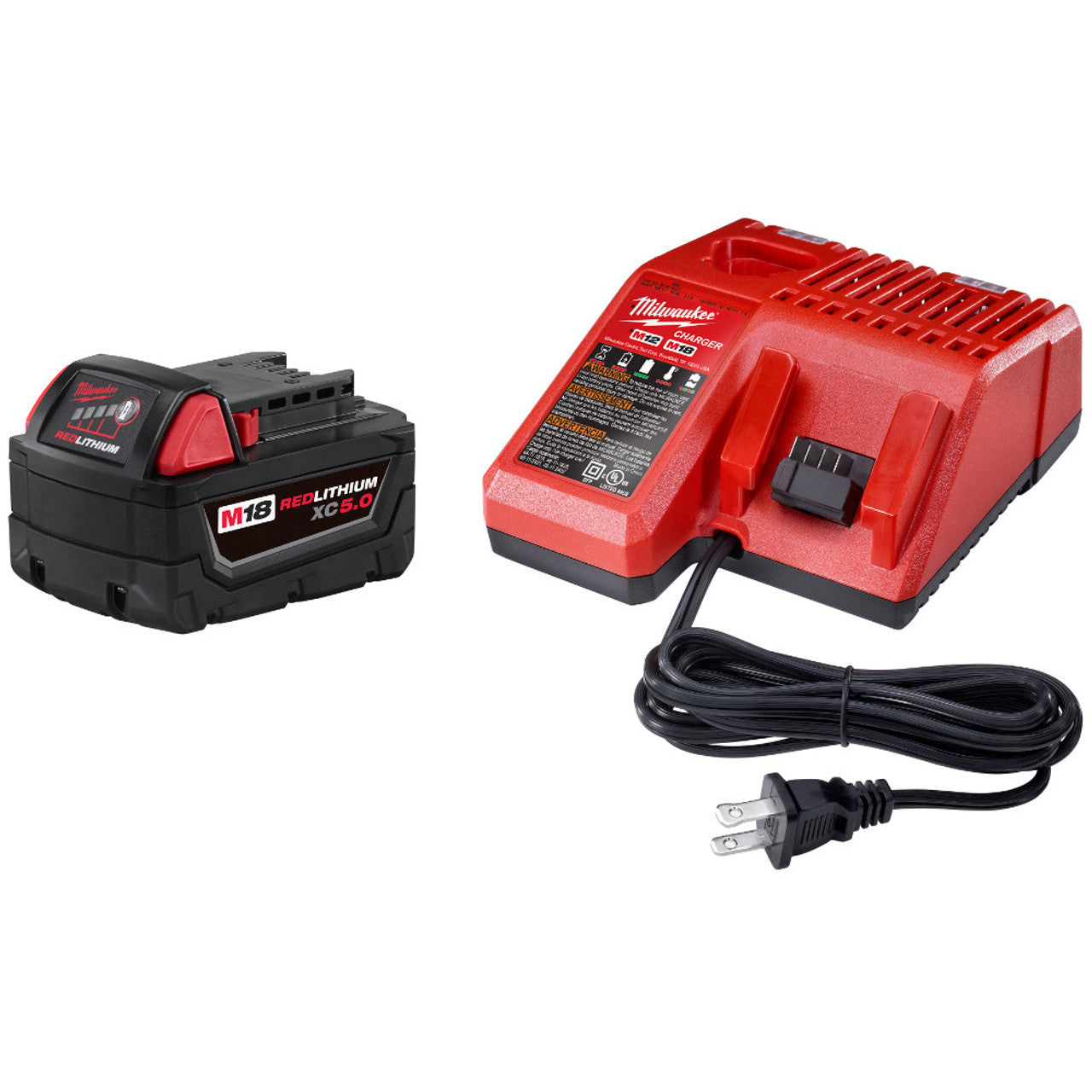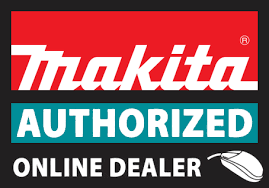Imagine this: You're working on your car, tightening a bolt that just won't seem to hold. Suddenly, with a twist of the wrench, you feel it—snap. The threads are stripped, and now you’re facing a real problem.
Without the right tools, a small repair can turn into a costly disaster.
This is where a Gearwrench tap and die set comes to the rescue. Whether it's restoring damaged threads or creating new ones, this versatile kit is a must-have for any serious mechanic or DIY enthusiast.
In this guide, we'll show you exactly how to use a tap and die set to handle these situations like a pro, and why the Gearwrench tap and die set stands out as a go-to solution for threading repairs.
Let’s dive right in!
What Is a Tap and Die Set?
A tap and die set is an essential tool kit for anyone working with threaded fasteners. For mechanics, DIY enthusiasts, or metalworkers, this set helps you create, repair, or clean up threads on bolts, rods, and inside holes.
A tap is used to cut or repair internal threads within a hole. When a bolt or screw needs to be inserted into a hole, but the threads are stripped or non-existent, a tap will restore or create the threads, allowing for a secure fit.
A die, on the other hand, is for external threads. It cuts or restores threads on a rod or shaft, allowing a nut to fasten securely onto the newly threaded piece.
The Gearwrench tap and die set provides a comprehensive selection of taps and dies in various sizes, ensuring you can handle any threading task. This set accommodates both SAE (Society of Automotive Engineers) and metric measurements, covering a wide range of thread sizes and pitches for versatility in the shop.
Having a tap and die set in your workshop is crucial for a number of reasons. It allows you to restore damaged threads instead of replacing entire parts, saving time and money.
Working on automotive repairs, machinery, or home projects? A versatile set like the Gearwrench tap and die set ensures you’re always prepared for quick, efficient thread repairs.
Key Features of the Gearwrench Tap and Die Set
The Gearwrench tap and die set stands out as a reliable tool for professionals and hobbyists alike, thanks to its high-quality materials and well-thought-out design.
Curious about what makes this set exceptional? Read on!

High-Quality Materials and Durability
The taps and dies are constructed from hardened carbon steel or alloy steel, providing superior strength and long-lasting durability. These tools are built to withstand the wear and tear that comes with threading tough materials, making them a solid investment for your tool collection.
Variety of Sizes and Thread Pitches
The set includes a broad range of taps and dies to handle both SAE and metric sizes. Whether you need to cut or repair fine or coarse threads, the Gearwrench tap and die set has you covered with different thread pitches.
This flexibility ensures you can tackle a variety of projects, from small machine parts to larger automotive repairs.
Ergonomic and Easy-to-Use Design
One standout feature is the ergonomic design of the handles. The tap wrench and die holder are designed for comfort, giving you better control and reducing hand fatigue during use.
Some models even come with a ratcheting handle that allows for quick, smooth turning, which is especially helpful when working in tight spaces.
Additional Accessories and Features
The Gearwrench tap and die set often comes with extra features that add value, such as a sturdy storage case for easy organization and protection of the tools. Ratcheting tap and die holders, adjustable wrenches, and specialized thread gauges are all part of the set, enhancing its usability and convenience.
When Should You Use a Tap and Die Set?
There are many scenarios in which a tap and die set is essential for maintaining or repairing equipment, vehicles, and other mechanical components.
Here are a few common situations where you might need one:
Stripped Threads That Need Repair
One of the most frustrating problems in mechanics is dealing with stripped threads. Over time, frequent use or over-tightening can wear down the threads on bolts or inside holes, making it impossible for fasteners to grip properly.
A Gearwrench tap and die set allows you to restore those threads with ease, extending the life of parts that would otherwise need replacement.
Creating New Threads for Custom Bolts or Screws
Sometimes, you’ll need to create custom threads for a bolt or screw that doesn’t fit standard sizes. Be it for fabricating a part or working on a custom project, the Gearwrench tap and die set makes it simple to cut new threads on a blank rod or inside a hole, ensuring a perfect fit.
Fixing Damaged or Worn-Out Parts on Vehicles or Machinery
Over time, parts on vehicles and machinery wear down, leading to damaged or incomplete threads. Instead of replacing expensive parts, you can use a tap or die to repair the threads and get your equipment back in working order.
The Gearwrench tap and die set offers precision and durability, making these repairs quicker and more efficient.
Step-by-Step Guide: How to Use a Gearwrench Tap and Die Set
So you've purchased your own tap and die set, but you don't know how to start using it. Don't worry, that's what we're here for!
Here’s a step-by-step guide to get you started:
Step 1: Select the Correct Tap or Die
The first step is choosing the right tap or die for your project.
- For a tap (internal threads), ensure that it matches the hole diameter and thread pitch of the fastener you're using. Most taps will be marked with their size and thread pitch, whether it's SAE or metric.
- For a die (external threads), choose one that matches the diameter of the rod or shaft you're threading. Again, be mindful of the correct thread pitch to ensure compatibility with nuts or other fasteners.
Choosing the correct size and thread pitch is crucial for ensuring a proper fit, so always double-check your measurements before starting.
Step 2: Prepare the Workpiece
Before you begin threading, preparation is key:
- Clean the workpiece: Make sure the hole or rod you're working on is clean and free from debris or burrs. Dirt or metal shavings can interfere with the threading process.
- Apply cutting oil: Lubrication is vital for reducing friction, heat, and wear on both the tool and the material. Generously apply cutting oil to the area you’ll be threading. This will make the cutting process smoother and help prolong the life of your tools.
Step 3: Cutting Threads With a Tap
To cut internal threads using a tap:
- Insert the tap into the hole and ensure it's aligned with the hole’s axis. Use a tap wrench to turn the tap clockwise.
- Turn slowly and steadily: Apply light, even pressure as you turn the tap into the hole. After every few turns, back it out slightly to clear out debris. This will prevent the tap from binding or breaking, especially in harder materials.
- Continue turning and backing out until the tap reaches the desired depth and clean threads are cut into the hole.
Step 4: Cutting Threads with a Die
For cutting external threads using a die:
- Place the die over the rod or shaft you want to thread. Be sure the rod is straight, and apply pressure to get the die started.
- Maintain steady pressure: Turn the die clockwise, ensuring the tool stays perpendicular to the shaft for accurate threading. Like with the tap, every few turns, back out slightly to clear debris and prevent the die from clogging.
- Keep threading until the rod or shaft is fully threaded to the length you need.
Step 5: Checking and Finishing the Thread
After cutting the threads:
- Check the fit: Test the newly threaded piece with a matching nut or bolt. The fit should be smooth, with no wobbling or tight spots.
- If needed, apply more cutting oil and re-run the tap or die to clean up the threads for a perfect finish. Proper lubrication ensures smoother, stronger threads that won’t strip easily.
Pro Tips for Getting the Best Results From a Gearwrench Tap and Die Set
To ensure the best results while using your Gearwrench tap and die set, here are some expert tips:
Always Use Cutting Oil
Classic Motorsports states the following:
One important thing to do when using taps and dies is to use some kind of a lubricant. A little of this will last you for years.
Using lubricants like oil reduces friction and heat build-up during threading, which not only extends the life of your tools but also results in cleaner, more precise threads.
Watch their tips and tricks in how to use a tap and die set here:
Let the Tool Do the Work
Avoid applying too much force. Taps and dies are designed to cut threads naturally. Forcing them could cause damage to the threads or even break the tool.
Clean Periodically
During the threading process, regularly clean both the tap or die and the workpiece. Metal shavings and debris can compromise the precision of your threads.
Use the Ratcheting Handle
If your Gearwrench tap and die set comes with a ratcheting tap or die holder, take advantage of it! This feature allows for easier turning, especially in tight spaces, and helps maintain better control over the threading process.
With these tips in mind, you’ll be able to tackle even the most challenging threading tasks with confidence and precision.
Maintenance and Care for Your Gearwrench Tap and Die Set
To get the most out of your Gearwrench tap and die set, it’s important to take good care of it. Proper maintenance will ensure your tools last longer and perform better.
- Clean after each use: After each project, be sure to clean your taps and dies thoroughly. Use a brush to remove metal shavings and residue, and wipe them down with a rag.
- Lubricate and store properly: Lightly coat the tools with oil to prevent rust and corrosion, especially if you don’t plan to use them for a while. Always store them in the provided storage case to keep them organized and protected from damage.
- Inspect for wear and damage: Periodically check your taps and dies for signs of wear, such as dull cutting edges or cracks. If a tool is damaged, it’s important to replace it promptly to avoid poor performance or further damage to your workpieces.
Master Your Tap and Die Set for Thread Repair Success
Thread repair is an essential part of both automotive maintenance and DIY projects. Be it for fixing stripped threads, creating new ones, or maintaining the integrity of your machines, having the right tools is crucial.
The Gearwrench tap and die set offers everything you need to perform these tasks with precision and ease, making it an indispensable tool in any workshop.
Whether you’re a seasoned professional or a weekend hobbyist, the Gearwrench tap and die set ensures that your projects run smoothly and efficiently. Its versatility, durability, and user-friendly design allow you to tackle a wide range of threading tasks with confidence.
Don’t wait for a thread disaster to strike—prepare yourself with the right tools!
Your One-Stop Online Tools Shop
At MPR Tools & Equipment, we know that having the right tools is essential for any thread repair job, whether you're fixing stripped bolts or creating new threads from scratch.
That’s why we offer a premium selection of tap and die sets and other must-have tools for both DIY enthusiasts and professionals.
Enjoy personalized customer service, free shipping on orders over $150, and free tools for orders over $400. Plus, benefit from our one-year Price Match Guarantee and a 30-day money-back guarantee.
Explore our catalog today to find the perfect Gearwrench tap and die set for your next project, and experience the difference of working with top-quality equipment.
Happy tinkering!
Sources:
https://www.ultimatehandyman.co.uk/how-to/metalworking/tap-and-die
https://www.popularmechanics.com/home/tools/a40610033/repair-stripped-threads/
https://www.youtube.com/watch?v=QpFr_RbBd90&t=153s

































































































































































